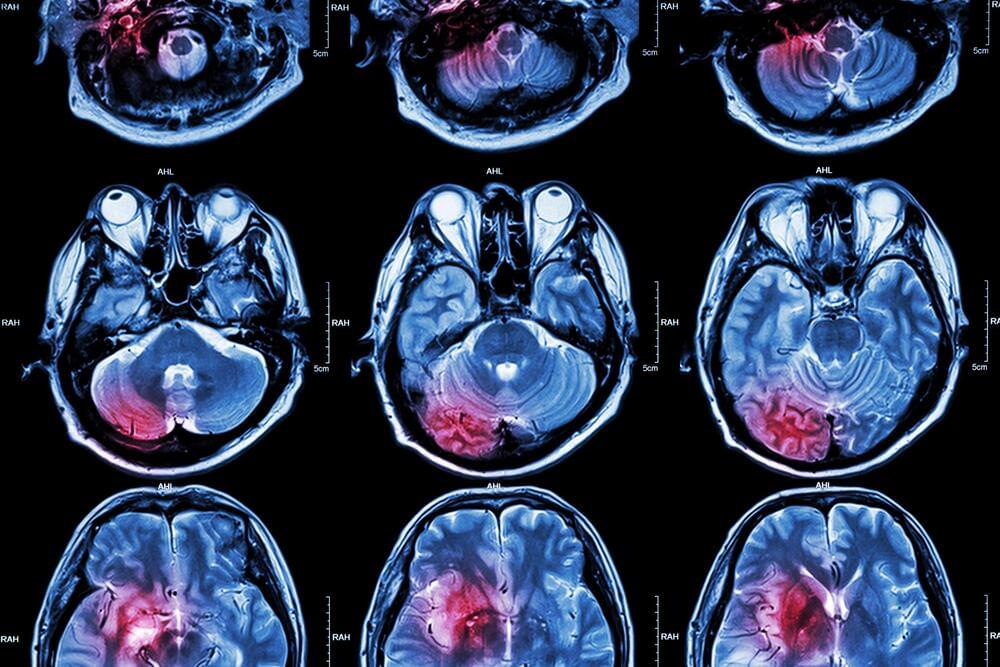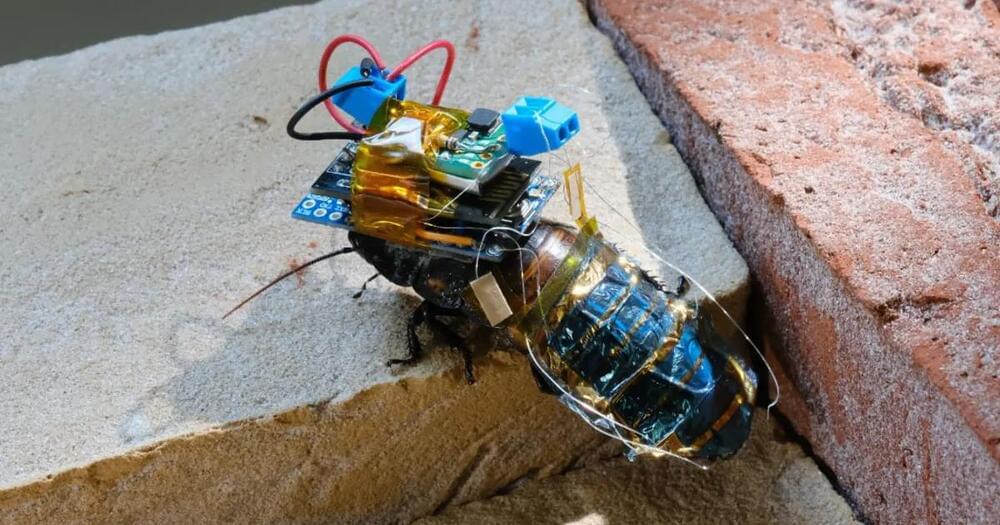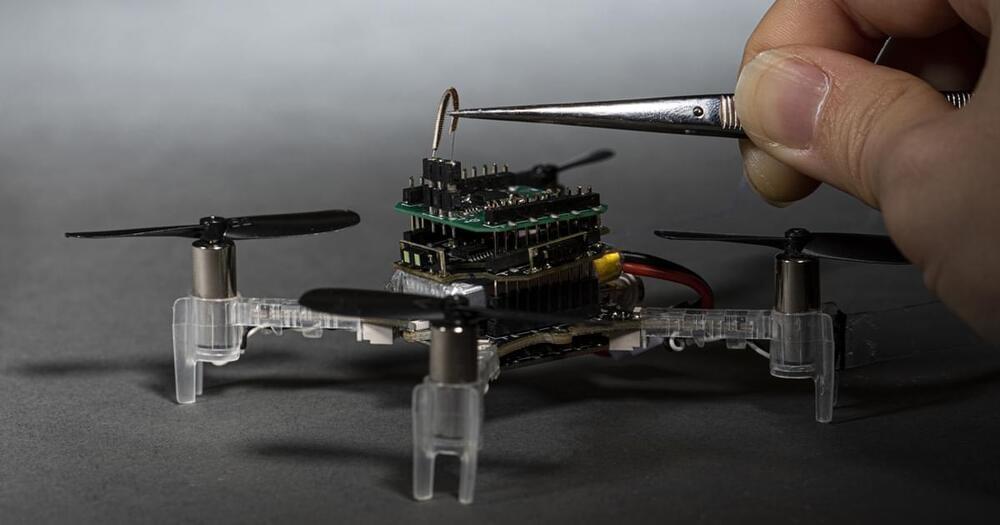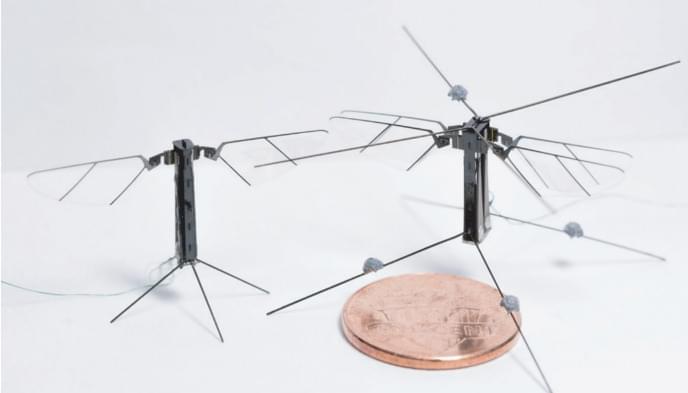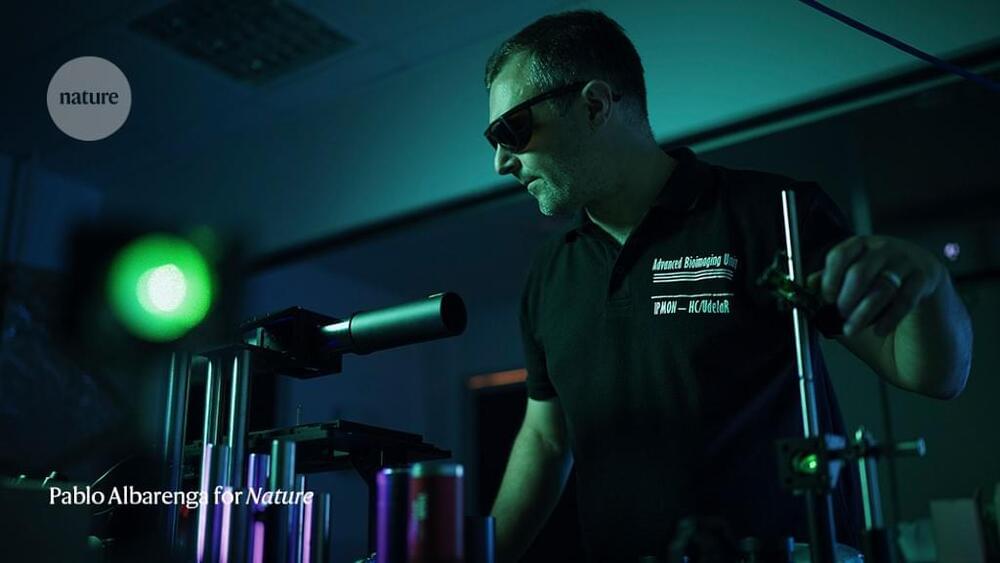Hydrogen has huge potential as a clean fuel: it’s abundant (mainly in compounds like water), it doesn’t produce any damaging emissions, and it can also be used to store energy from solar, wind, and tidal sources.
There are challenges in producing enough of the stuff in a practical and affordable way, however. Splitting hydrogen from water can require complicated technology and also relies on pure freshwater – not something that’s plentifully available everywhere.
Now, scientists have come up with a new prototype device that can harvest water from humid air, before splitting it into hydrogen and oxygen.


